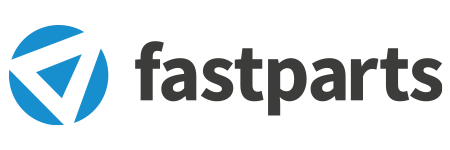Photopolymerization
The photopolymerization is a process based on a photochemical reaction, obtained through the induction of energy emitted by electromagnetic radiation sources.
The chemical reaction causes a liquid material to become solid, through a "hardening process" (curing). Take a liquid material, expose it to light, and it becomes solid. What varies is the type and source of light we use, as well as how we guide this light to illuminate and harden the liquid material.
SLA
Stereolithography, also known as SLA, is based on the photopolymerization of photosensitive resins using a low power laser, a tank with the resin to solidify and a spatula for removing excess resin.
The laser solidifies the resin according to the section of the piece to be made, the platform on which the piece under construction is fixed rises, the spatula eliminates the excess resin and starts again with a subsequent section to solidify.
This process is repeated until the piece is finished.
LCD
Another technology that exploits the photopolymerization of resins through the activation/deactivation of pixels to polymerize the layer is LCD (Liquid Crystal Display) technology.
The ultra 4K LCD screens offer advantages in terms of printing speed (higher than SLA technology), and also in terms of print quality, as they allow you to print large volumes at a fraction of the cost compared to other 3D technologies.
Supposing, for example, that you want to print one or more objects that enter a print plate of an LCD printer, in both cases by positioning the object with the same orientation and using the same print parameters, the printing time does not change.
With this technology it is therefore appropriate to exploit the printing surface to the maximum capacity, to reduce the cost of the single component.
DLP
DLP (Digital Light Processing) technology, on the other hand, is based on the use of projectors, for an efficient and reliable high-speed modulation of spatial light.
To be clear, a digital projector is used to project a single image of each layer of the 3D object.
In this technology, the resolution on the XY direction depends on the pixel size. Thus, the higher the native resolution of the projector, the higher the resolution of the projected layer.
However, the focal distance between the projector lamp and the print area is also important. The further we move away, the larger the print area becomes, but also its pixels. This is why DLP 3D printers tend to have small print areas unlike LCD technology.
Post-Processing
At the end of printing, for all three technologies, the necessary supports are removed. The parts obtained are "green parts" and as such require a final curing phase, which consists of placing them in a UV oven which guarantees total solidification of the resin trapped or left liquid during printing.
Common applications:
- Extremely detailed details
- Complex geometries
- Models for fitting tests or dimensional checks


